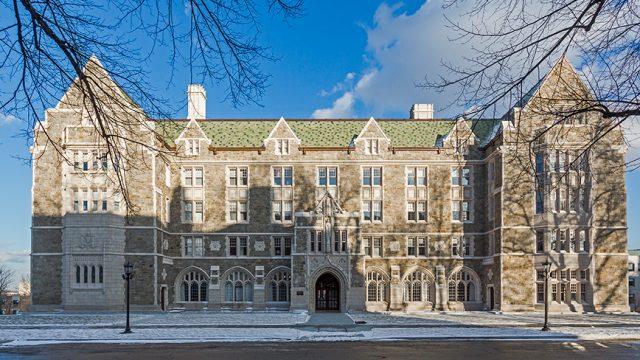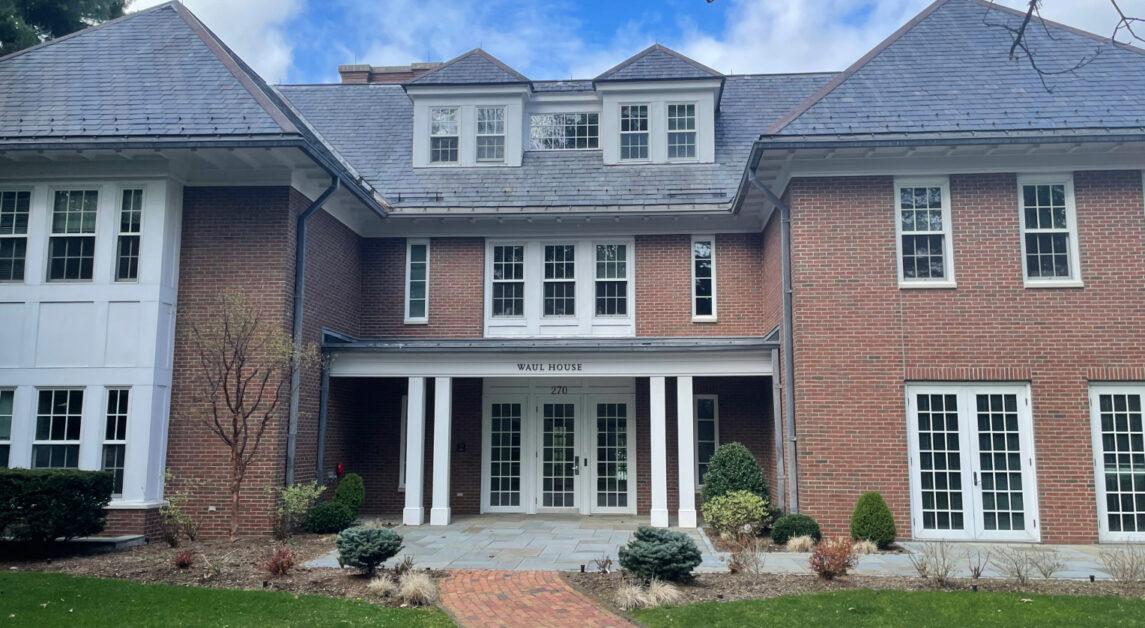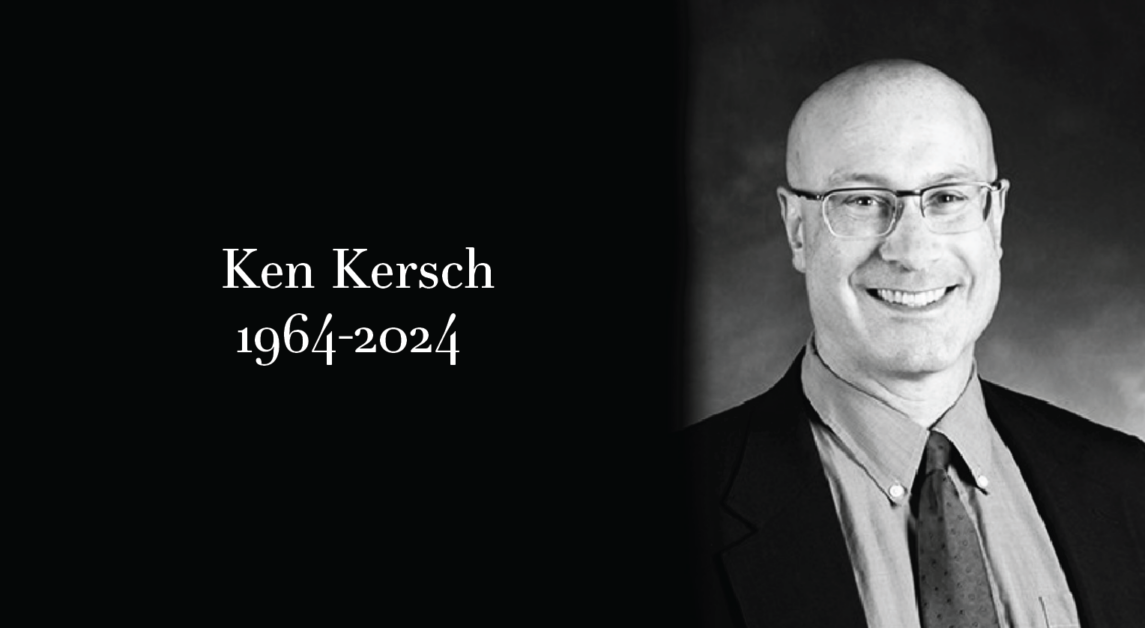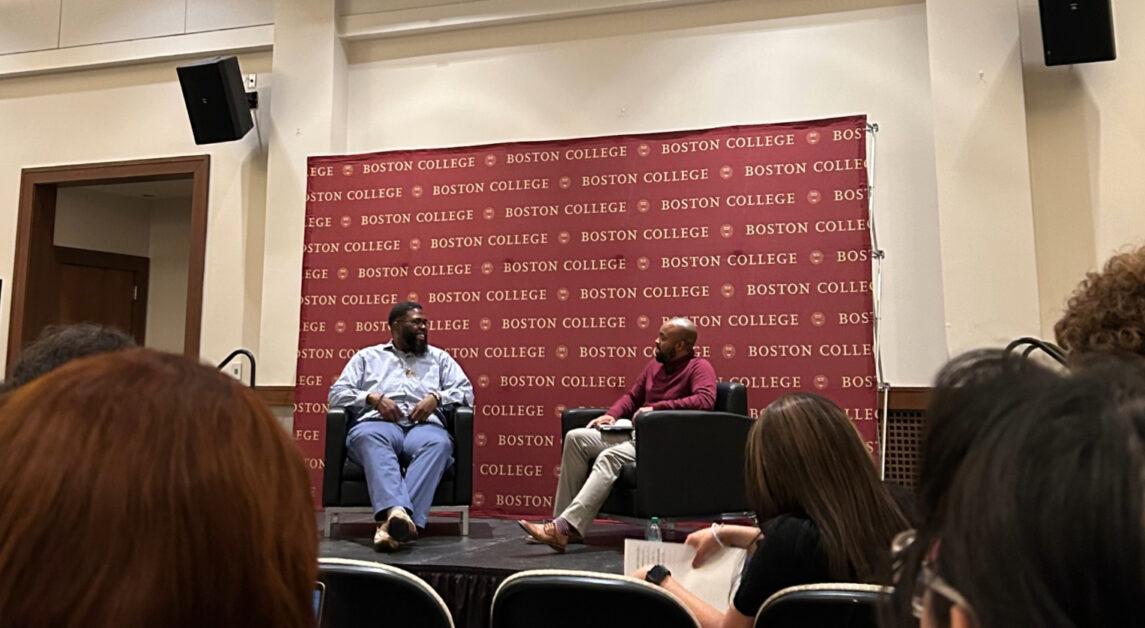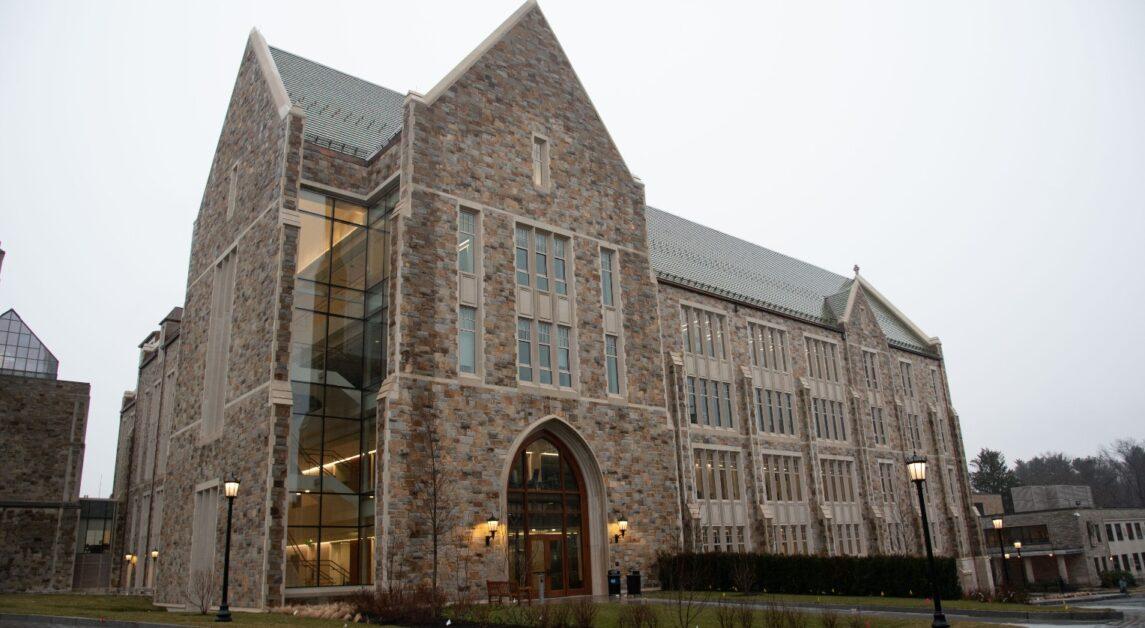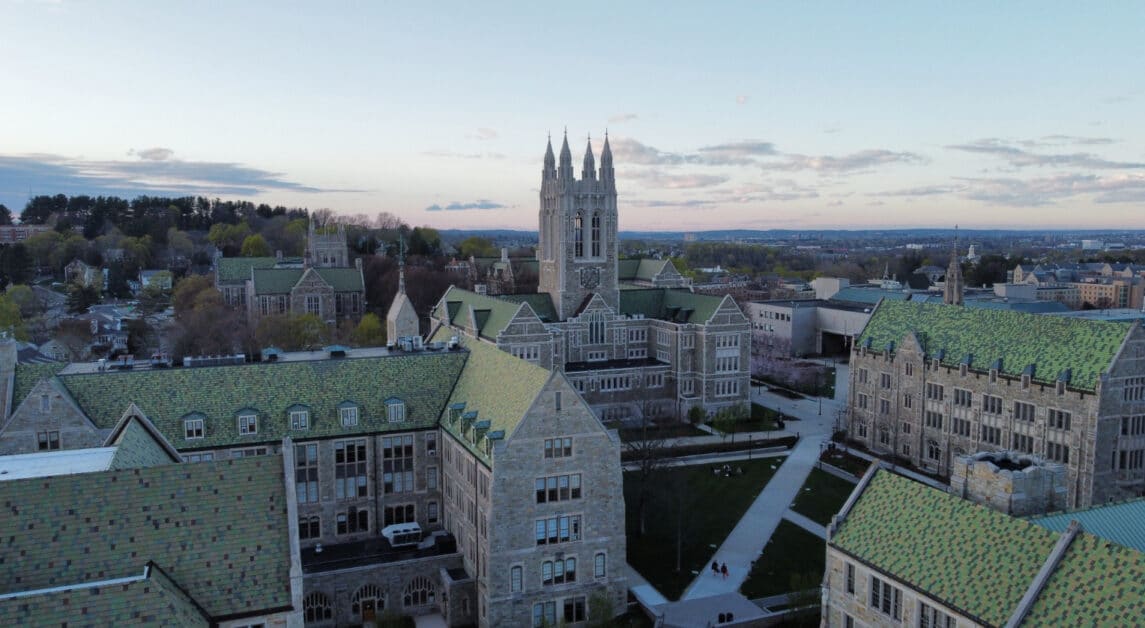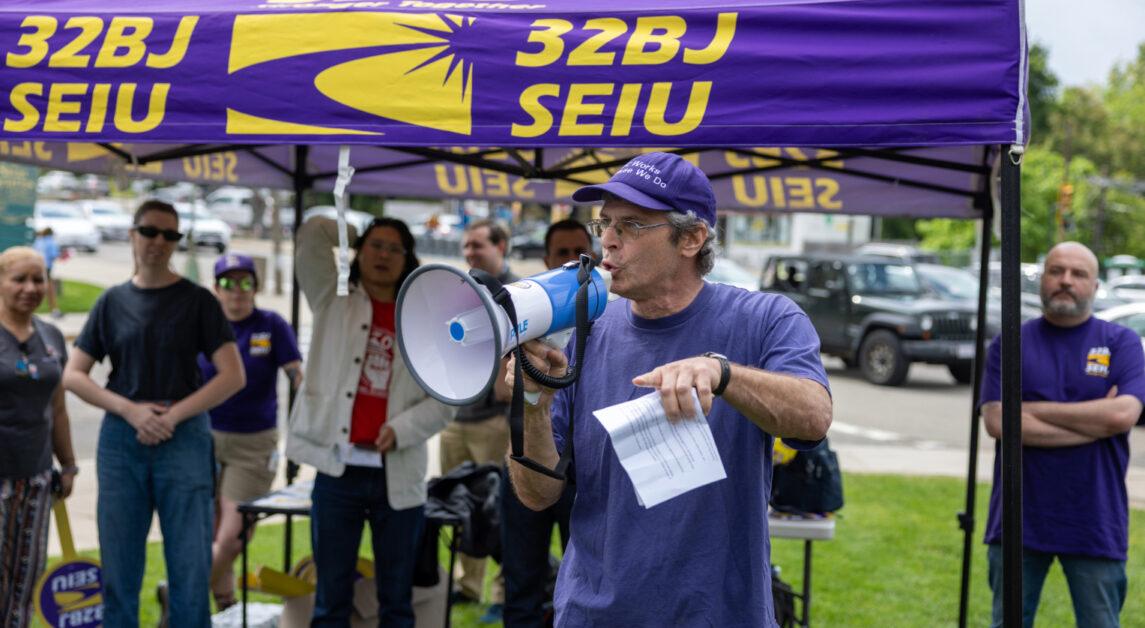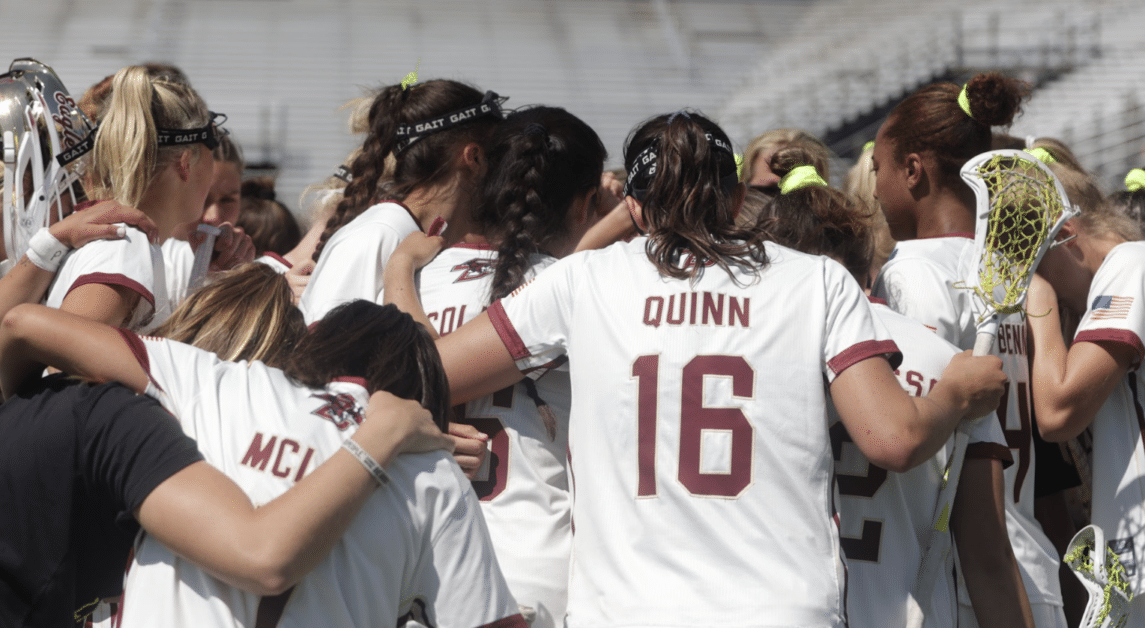Computer science is the fastest growing undergraduate major at Boston College, but the department remains notably understaffed.
According to the BC Factbook, the number of undergraduate computer science majors has grown from 57 in 2007 to 268 in 2016, an increase of 370 percent, the largest of any undergraduate discipline. The number of undergraduate minors increased from 19 in 2012 to 41 in 2016. The computer science department had nine full-time faculty for the 2016-17 school year, a faculty to student ratio of about 1:34 for the department’s 309 majors and minors. The faculty to student ratio in 2007 was about 1:5.
Edward Sciore, an associate professor in the computer science department, is expected to retire this year, and the contract of one of the visiting professors in the department is also set to expire. Robert Signorile, also an associate professor, has deferred his retirement to December of 2018. The department has hired two new tenure-track faculty members, with Lewis Tseng to start teaching in the fall, and Emily Tucker Prud’hommeaux to start in the spring of 2018. Vahid Montazerhodjat has joined the department as a long-term faculty member, and two additional visiting faculty, Ziyuan Meng and Anjum Biswas, have also been hired, bringing the department’s total to 12 for the 2017-18 school year. Despite these new hires, Sergio Alvarez, the department’s chair, believes that the department will still be understaffed.
“We’ve grown a little bit, but that’s because we were simply way understaffed,” he said. “Now we’re still understaffed, and we will be with these additional hires.”
Alvarez is in the process of writing a study comparing the computer science department at BC to those at other leading liberal arts universities, including Yale, Dartmouth, Brown, Georgetown, and the University of Chicago. In his research, he found that BC’s department would need 16 faculty members to be on par with the general average for universities nationally. He doesn’t see any sign of students’ interest in computer science slowing down, and he thinks that the department needs a minimum of 20 faculty, based on BC’s size, although he ideally would like to have as many as 30, which would bring the faculty to student ratio down to about 1:15 or 1:10, respectively.
Louis Andrews, MCAS ’17, a computer science major, said that the understaffing of the department sometimes makes scheduling tricky, especially for those pursuing a B.S. rather than a B.A., because some required courses are only offered once every other year.
“I can’t imagine that you would find a CS major at this school that their biggest complaint wouldn’t be the lack of classes offered, which is a product of understaffing,” he said.
The University determines how many professors are needed in each department based on the faculty to student credit hour ratio, according to Vice Provost for Faculties Billy Soo. BC looks at student demand for courses in a subject from majors and nonmajors, and then calculates average course size and teaching load per professor. This allows the school to determine the reasonable number of faculty that are needed to staff a department, which can fluctuate from year to year.
The University wants to focus on elevating more junior faculty to tenured positions, and is considering hiring more senior professors in order to accelerate the development of the department, Soo said.
Although it had been offered in CSOM beforehand, a proposal to create a computer science major in MCAS was approved in 1980, and students could officially declare the course of study in the fall of 1981.
Computer science is one of the fastest-growing areas of study at universities across the country, as the American economy has become increasingly reliant on people with technological skills and knowledge in recent years. Because of this, departments at many universities have been highly active in the market for computer science professors, Soo said. This creates a competitive environment that can make it difficult for a school to find and hire enough suitable educators to meet student demand.
“We’re competitive, we can go toe to toe, other than with maybe Harvard and MIT,” Soo said. “We just need to work harder simply because everyone wants them.”
He described the University’s proximity to the innovative and tech-friendly city of Boston as an advantage in looking to hire new computer science faculty, but also noted the area’s high cost of living as a possible drawback.
Another obstacle to BC’s hiring of additional computer science faculty is its lack of a graduate computer science program, which lessens the opportunities for prospective professors to conduct research. Although there has been talk of establishing a graduate program, it would require more faculty than the department currently has, and therefore the program first has to make a number of new hires. Many of the peer institutions that Alvarez used in his comparison have graduate programs in computer science, he noted. Both Soo and Alvarez stated that it is something that BC desires to accomplish in the future.
The upcoming construction of the Institute for Integrated Sciences and Society (IISS), scheduled for 2021 or 2022, will give the University the opportunity to expand the computer science department and perhaps make the creation of a graduate program a reality, Soo said. Part of the mission of the IISS is to foster interdisciplinary research, and computer science is a field that lends itself to this goal through its usefulness to a variety of subjects. Alvarez sees the potential for computer science to help model complex systems in biology, or the way that a composer puts together a musical piece, among other things.
Alvarez described the University’s increased support of the computer science department, which he believes is essential to BC’s identity as a liberal arts university.
“In the 21st century, computer science is really a language for the liberal arts, just as mathematics used to be the sole language of the sciences,” he said. “Now computer science, computing, and algorithms increasingly are complementing mathematical language and enabling complex scientific and social phenomenon to be understood and talked about in ways that weren’t possible before.”
While the computer science department has no plans to cap majors and minors, Alvarez noted that the department’s disparity in faculty sometimes makes it difficult for incoming freshmen to explore the field through introductory courses, which inevitably fill up. Physical constraints due to the limited number of seats in computer lab rooms also puts a limit on the number of students that can take computer science classes, he said. For the fall semester, all courses above Computer Science I were restricted to majors. Students who are minors were required to go to the computer science department during their pick times to be added to a waitlist before they could add the course.
In the future, Alvarez has a vision for the computer science department that would fit into BC’s Jesuit mission. He thinks that it is important to keep people at the center of computing, and for the department to remain aware of the ethical implications of automation and the increased role of technology in the workplace.
“The way that the disciplines are brought in will hopefully be one that keeps these priorities in mind,” he said. “We’re going to grow BC to have an excellent computer science department, but also in a way that helps people’s quality of life, and contributes to efforts in improving health outcomes and to addressing environmental concerns.”
Featured Image Courtesy of bc.edu

